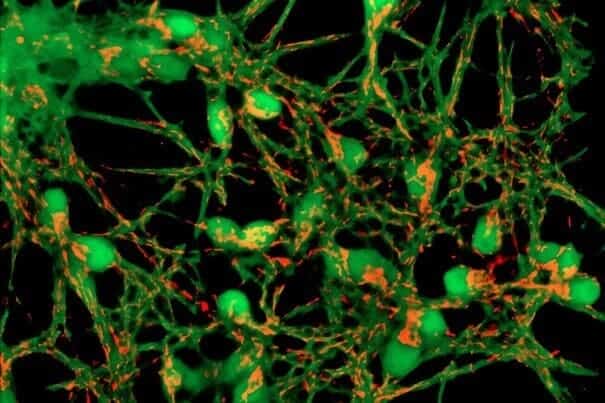Alzheimer’s disease (AD) is the most common form of dementia. It takes a devastating toll on patients and family members, who are usually the caregivers. Current drugs only treat symptoms of AD, not its causes.
FIU researchers are studying a new approach to treating Alzheimer’s using nanotechnology aimed at reducing the inflammation in the brain.
“Current drugs affect neuro-transmitters in the brain. However, inflammation is still clearly present in patients with AD—and seems to be a root cause,” says Madhavan Nair, associate dean for biomedical research and vice president for nanotechnology at Herbert Wertheim College of Medicine.
According to the Alzheimer’s Association, more than 5 million Americans are living with Alzheimer’s; someone in the U.S. develops the disease every 66 seconds; and it is the 6th leading cause of death in the United States – killing more people than breast cancer and prostate cancer combined. June is Alzheimer’s and Brain Awareness Month.
Nair and his team will target brain cells called microglia and will use his FIU patented MENs (magneto electric nanoparticles) carrier system for the specific delivery and sustained release of two
anti-inflammatory drugs, Withaferin A and CRID3, into those cells.
“We are hoping that this will inhibit the neuroinflammatory response in microglia and thus help to improve cognitive function in AD patients,” Nair says. The study is funded by a $224,643 grant from the Florida Department of Health.
Although scientists are not sure what causes cell death and tissue loss in the Alzheimer’s brain, they suspect plaques and tangles are to blame. The plaques form when protein pieces called beta-amyloid clump together between nerve cells (neurons) in the brain. Investigators in Nair’s lab are using sophisticated technology –bioinformatic tools and 3D structure of beta-amyloid – to find the binding site of these anti-inflammatory drugs on beta-amyloid.
These studies could translate into new therapies in the treatment of Alzheimer’s.
If our reporting has informed or inspired you, please consider making a donation. Every contribution, no matter the size, empowers us to continue delivering accurate, engaging, and trustworthy science and medical news. Independent journalism requires time, effort, and resources—your support ensures we can keep uncovering the stories that matter most to you.
Join us in making knowledge accessible and impactful. Thank you for standing with us!

